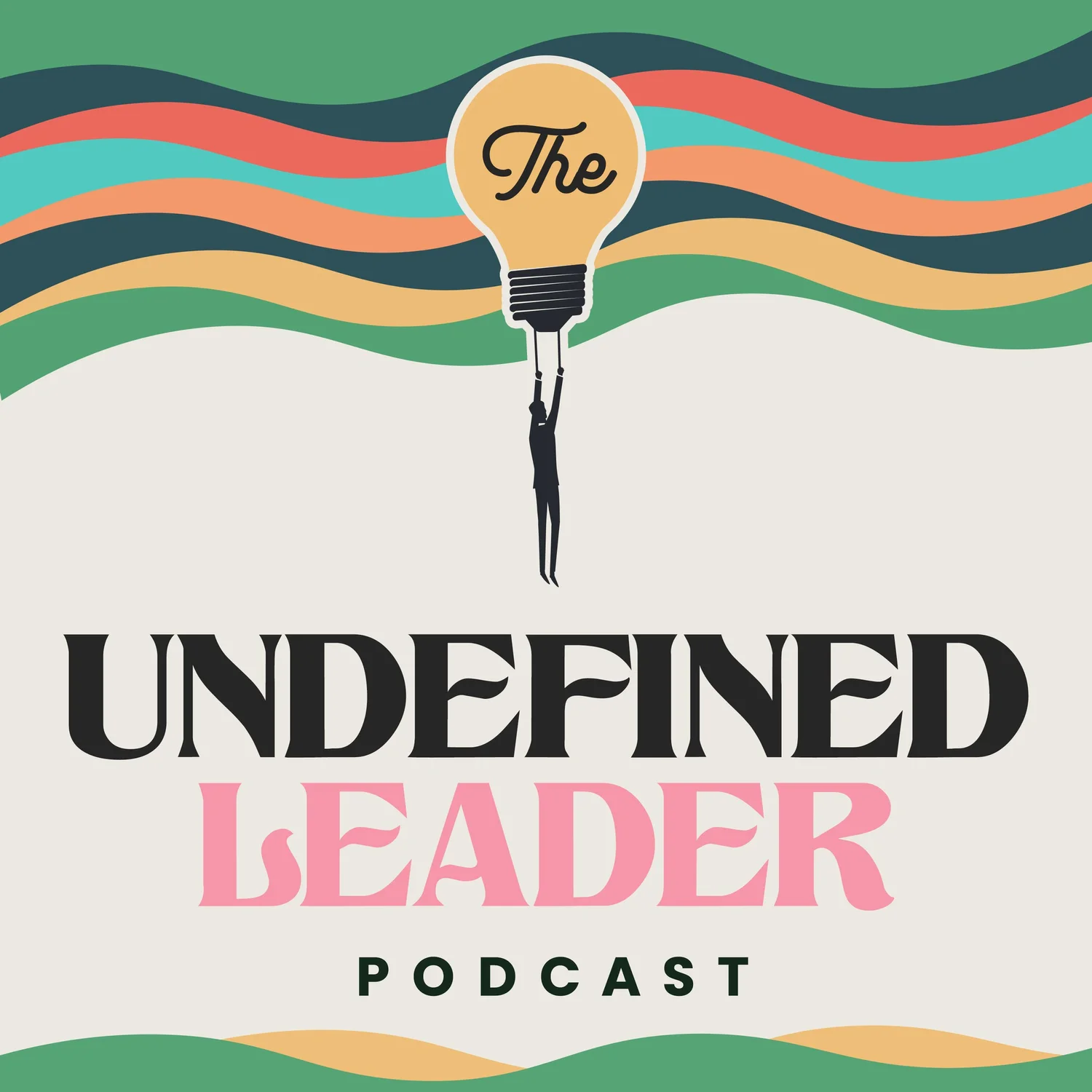The History of Leadership Styles—From “Being Born With It” to Modern Day
In this post get curious about why leadership styles keep evolving and changing. In our podcast episode “How Has Leadership Evolved Over Time – And What Does It Mean for You?, we traveled through time to uncover how leadership theories evolved—from the 1840s “Great Man Theory” all the way to our modern focus on emotional intelligence. Below is an expanded look at our conversation. Don’t forget to check out the full podcast for even more insights and stories.
Why Do Leadership Styles Keep Changing?
You might think leadership has been studied for thousands of years. Surprisingly, it’s only been a formal field of study for about 150 years. Before the industrial age, there were “leaders” but “leadership” wasn’t something given much thought besides the title and the power. But with the rise of large organizations and factories in the 19th and 20th centuries, scholars began to ask:
“What actually makes a good leader—and can it be learned?”
1. The Great Man & Trait Theories
Great Man Theory (Mid-1800s)
Belief: Leaders are born, not made.
Key Idea: Only men (yes, really) possess the “inherent qualities” to lead nations, businesses, and armies.
Why It Faded: No one could nail down which qualities mattered most—or why some “great men” failed while others thrived.
Trait Theory (Early 1900s)
Shift: Focus moved from “born great” to specific personality traits (intelligence, confidence, charisma).
Challenge: Many successful leaders had wildly different traits. Plus, trying to imitate someone else’s qualities often felt inauthentic.
Takeaway: These early theories were limited because they ignored the impact of followers and context. They also assumed leadership was static—either you “had it” or you didn’t.
2. The Rise of Behavioral Theories
By the 1930s and 1940s, leadership researchers pivoted to what leaders do rather than who they are. Enter Kurt Lewin and his famous three leadership styles:
Autocratic – The leader makes decisions top-down.
Democratic – Team members participate in decisions.
Laissez-Faire – Hands-off approach; the group self-manages.
This was a big step forward—leaders could potentially learn new behaviors. But it still left out the idea that different people or situations might require different styles.
3. The Contingency Turn
Theory X vs. Theory Y
In the late 1950s and 1960s, Douglas McGregor proposed that leaders act based on how they view their employees:
Theory X: Employees need strict supervision and external motivation (like micromanagement or a “carrot-and-stick” approach).
Theory Y: Employees are self-motivated when work is meaningful, so leaders should empower them and remove obstacles.
McGregor found that neither worldview was universally correct—it depended on the leader’s beliefs and the context. That launched the era of Contingency Theory, which emphasized matching leadership style to the situation and the people involved.
4. Transactional vs. Transformational (1960s–1980s)
As organizations grew more complex, two major styles emerged:
Transactional Leadership
Key Idea: Everything is an exchange (a “transaction”).
Examples: Bonuses, promotions, or penalties for missed targets.
Pros: Clear expectations, efficiency, easy to implement.
Cons: Can stifle creativity, rely heavily on external rewards, and sometimes lose the human touch.
Transformational Leadership
Key Idea: Inspire people with a grand vision.
Examples: Iconic CEOs like Steve Jobs or influential figures like JFK rallying a nation to “go to the moon.”
Pros: Drives innovation, boosts morale, and creates strong emotional engagement.
Cons: Demands exceptional communication skills; can lead to burnout or disillusionment if the vision is not well-executed.
5. Servant Leadership: Bringing Ethics to the Forefront
By the late 1970s, Robert Greenleaf introduced Servant Leadership to combat the sometimes cold, profit-driven aspects of transactional and transformational styles. In servant leadership:
Priority: Serve and develop the people first, then achieve the organizational goal.
Core Values: Empathy, humility, stewardship, and putting team needs above personal glory.
Challenges: Hard to maintain consistently in a crisis or high-pressure environment. Critics say true servant leadership is more common in nonprofits and mission-driven work—think Mother Teresa or Gandhi—where leaders seldom wield direct corporate power.
6. The Emotional Intelligence Era (2000s–Present)
Fast forward to the new millennium, and Daniel Goleman’s research on emotional intelligence took center stage. He identified six modern leadership styles (coercive, authoritative, affiliative, democratic, pace-setting, coaching), each with distinct pros and cons. The prevailing idea is that effective leaders adapt their approach based on the people, tasks, and challenges at hand.
Big Idea: Your ability to connect emotionally—understanding your emotions and those of your team—can be just as vital as any vision, strategy, or transaction.
Are You a Blend of Multiple Styles?
One key takeaway from this whirlwind history is that you don’t have to stick to just one style for your entire career—or even for every project. Skilled leaders today:
Evolve with the needs of their team and the market.
Stay flexible enough to be autocratic in a crisis but more democratic or coaching-oriented in everyday situations.
Focus on people as well as results, blending strategies to maintain both morale and productivity.
This post only scratches the surface of how leadership styles have evolved—and what they mean for you right now. To hear more about how to identify your style and leverage it effectively, check out the full episode of The Undefined Leader.
Subscribe and Follow Us on Instagram @undefinedleader for the latest podcast episodes, leadership tips, and behind-the-scenes content. Have questions or feedback? We’d love to hear from you—reach out on social or drop a comment below.
Remember, leadership is still being defined. That means there’s never been a more exciting time to explore, experiment, and grow into the undefined leader you’re meant to be!
